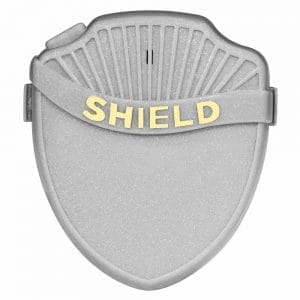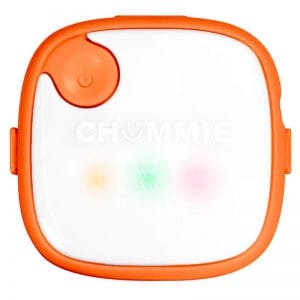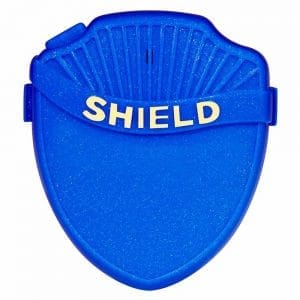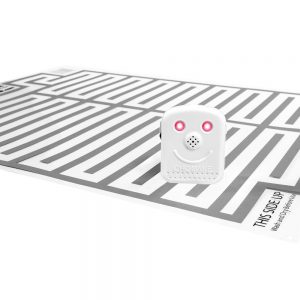Bed Wetting Alarm Guide
In this article:
Choosing a Bed Wetting Alarm
Choosing a Bed Wetting Alarm
Choosing a bed Wetting alarm for your boy or girl is a crucial aspect of beginning the treatment. With a variety of bed wetting alarms available choosing the perfect bed wetting alarm might be a difficult. Here’s what you should consider before purchasing a bed wetting alarm.
Type of Sleeper: First and foremost, identify what kind of a sleeper you have. Sometimes, all it takes is a basic alarm to help a child to stop bed wetting. However, trying a basic alarm for the deep sleepers is not only ineffective, but also a waste of time, money and effort.
Determine the Cause: Identify the cause of bed wetting before selecting a bed wetting alarm. Is it a medical issue or emotional stress that is causing bed wetting or is your child simply a deep sleeper?
Alarm Features: A bed wetting alarms should have both vibration and a variety of sound options, for optimal results. A bedw etting alarm that only has one sound option is not ideal, simply because it could lead to auditory accommodation (child getting used to one sound). Bed wetting alarms should provide sounds that are loud yet not frightening or cause any auditory damages.
Type of Sensor: Sensor is crucial to an alarm unit. Make sure it is: non-corrosive, metal-free (many children are sensitive to sensors that use metal clips), hypoallergic, soft, reusable, soft, effective, and easy-to-clean like the Chummie IntelliFlex sensor.
Sensor Attachment: The sensor needs to be attached securely on the child’s underwear, so that it does not accidentally slip off during the night. Many alarms with metal snap closures are often uncomfortable for a child, and may come off if the child is prone to tossing and turning during the night.
Comfort: When choosing a bed wetting alarm keep your child’s comfort in mind. In case of wearable bed wetting alarm, evaluate if the alarm fastens safely to your child. Some alarms use safety pins that may be optimal way of securing the alarm unit, but safety pins may be unsafe if they dislodge when a child is sleeping. If you are going for a bell and pad alarm (bedside bed wetting alarm) make sure the mat is not rough and comfortable enough for your child to sleep on.
Size: Most alarm units these days are small and lightweight. A Chummie Premium Bedwetting Alarm for e.g. is 40 percent smaller than a credit and weighs less than
1 oz (without batteries). A compact alarm unit will be easier to carry, while traveling or sleepovers as well. In nutshell, when choosing a bed wetting alarm consider factors such as speed and reliability of sensor, alarm durability, alarm options, safety, comfort, quality, ease of use, and warranty.
How A Bed Wetting Alarm Works
Bed wetting alarms are considered to be a safe and effective way to treat bed wetting (primary nocturnal enuresis) among children. This articles gives you a peek into how different bed wetting alarms work and their function in general. Primarily there are three kind of bed wetting alarms–Wired, Wireless and Bell and Pad alarms. Bed wetting alarms work with their own utility and functions in different ways.
Wired Bed Wetting Alarm
A wired bed wetting alarm has two units: the alarm unit and a sensor. In a typical bed wetting alarm, a sensor is placed outside of the child’s underwear and secured with a tape or a second pair of underwear. When the child begins to urinate in his or her sleep, the sensor will trigger the alarm to go off. (The alarm is often coupled with both vibrations and sounds, for the most efficacy.) The alarm alerts the child to wake up and go to the restroom to finish urinating in the toilet. Although popular and very effective, some parents worry about their child being attached to wires. Well, alarm units such as Chummie are equipped with unique micro-processor controlled technology that cuts of the power supply as soon as sensor detects urine, and protects the child from developing skin irritation.
Wireless Bed Wetting Alarm
A wireless bed wetting alarm does not use the sensor that is more prevalent in the wired alarms. Instead, wireless bed wetting alarms make use of a micro-wire that is built into a machine-washable mat or underwear and a tiny transmitter which connects to the pants. Because the alarm is silent, only the wearer is aware when the alarm goes off.
Bell and Pad Bed Wetting Alarm
A child basically sleeps on moisture receptive mat or pad that is connected to the alarm unit placed on the bed side. Instead of the outside sensor, the mat detects the urine and triggers the alarm that wakes the child and alerts him or her to go to the restroom to finish urinating. Bed wetting alarms work on the same psychological principle as behavioral conditioning. Using the alarms on a daily basis will help the child’s brain associate the urge to urinate with waking up. Over time, he or she will be able to wake up without the alarm being triggered and use the toilet, and eventually he or she will no longer need the alarm!
Note: Purchasing a bedwetting alarm does not require a doctor’s prescription; however, bedwetting alarms are covered by most insurance plans, though they might require a prescription from the doctor in order to be covered. Read here.
Important Features of A Bed Wetting Alarm
If you have a bed wetting child, and are thinking of purchasing an enuresis alarm, you might want to consider a few key features of a bed wetting alarm that are a must have. Here is a quick, but detailed list of key features of bed wetting alarms that are
essential.
- Type of Sensor: Many children are often allergic or sensitive to some old sensors that rely on a metal clip in order to trigger an alarm. It is important to consider that these materials often rust over time.
- Alarm Reliability: Bed wetting alarms react to urine, and not sweat. Often, sensors falsely react to sweat, which triggers the alarm. This causes disruption to everyone involved, as it can be a tiring process to groggily get a child out of bed, only to realize that it wasn’t because of urination that trigger the alarm.
- Alarm Features: Sound and vibration are essential features of a bed wetting alarm system. An alarm should offer both vibration and a variety of sound options so that it doesn’t lead to auditory accommodation (child getting used to one sound). A single tone will not be effective in waking up the deep sleeper. The bed wetting alarms should provide sounds that are loud yet not frightening or cause any auditory damages.
- Sensor Attachment: The sensor needs to be attached firmly on the child’s underwear, so that it does not accidentally slip off during the night. Alarms with the metal snap closures are often uncomfortable for a child, and may come off if the child is prone to tossing and turning during the night.
- Ease of Use: Because a child needs to be able to operate the alarm, it is crucial that the bed wetting alarm is easy to use.
- Easy to Clean: Choose an alarm that can be easily cleaned. Some sensors that use metal clips require a nightly ritual of cleaning the metal with a toothbrush. Newer technology uses flexible sensors that are made of silicone such as IntelliFlex sensors that are better and more comfortable.
- Cost: Bed wetting alarms vary in prices, so it is important to consider prices, along with the alarm’s features and benefits. Typically, the bed bewetting alarms on the higher end of the spectrum tend to contain more features, and they tend to deliver better results.
- Batteries: Batteries are often the hidden cost of a product, but most bed wetting alarms typically come with their own batteries and uses common batteries, should a need for additional batteries arise.
- Warranty and Support: It is important to consider the types of warranty and support that the company offers, in order for the customer to feel as though they are included in any/all inquiries.
Types of Bed Wetting Alarms
Bed wetting alarms are one of the most effective treatment options for enuresis or child incontinence. Bed wetting alarms are clinically prvcen to stop bed wetting and in some cases, even more effective than prescription medication. Typically, bed wetting alarm systems are used with children who are at least 4 years of age. There are many different models, style and types of bed wetting alarms, but most of these alarms can be classified into three categories discussed below. Parents must examine carefully
the types of bed wetting alarms available as each has its benefits and features.
Wired Bed Wetting Alarms
Wired alarms uses a sensor that is attached to an audio-vibratory alarm unit through a wire to the child’s underwear. The wire runs below the child’s pajama top or it is clipped to the top near the shoulder. These alarms respond quickly to urine and alert the parent and child of a bedwetting event.
Bell and Pad Bedwetting Alarms
The bell and pad alarms system don’t require the alarm unit to be connected to the bedwetter. The child basically sleeps on a moisture responsive mat or pad placed under the bed sheet that is connected to the alarm unit placed on the bed side. These alarms provide maximum comfort and convenience. They do take a little longer to detect urine.
Wireless Bedwetting Alarms
Wireless bed wetting alarms also exist for those individuals who aren’t as keen on using wires. A wireless bed wetting alarm does not use the sensor that is more prevalent in the wired alarms. Instead, wireless bed wetting alarms make use of a micro-wire that is built into a machine-washable underwear and a tiny transmitter which connects to the pants. Because the alarm is silent, only the wearer is aware when the alarm goes off. These are three basic types of bed wetting alarms out there that can help your child achieve dryness. While examining these different types of alarm keep your child’s preferences, his or her safety, quality of an alarm, its reliability and efficacy in mind. If you need help read the article ‘How to Choose a Bed Wetting Alarm.’








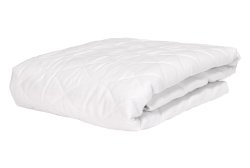 Our #1 Top SellerIdeal for Daily Use
Our #1 Top SellerIdeal for Daily Use Premium Quality BeddingSoft and Comfortable
Premium Quality BeddingSoft and Comfortable Premium Quality BeddingLarge Urine Absorption
Premium Quality BeddingLarge Urine Absorption AFFORDABLE PRICECHANGE DAILY AS NEEDED
AFFORDABLE PRICECHANGE DAILY AS NEEDED
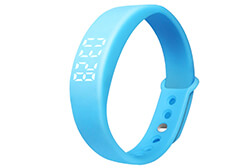 Sleek, Stylish and Affordable Watch
Sleek, Stylish and Affordable Watch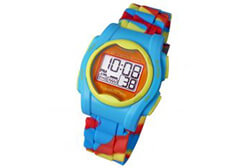 Multi-Function Watch with Numerous Features
Multi-Function Watch with Numerous Features Recommended watch for teens and adults
Recommended watch for teens and adults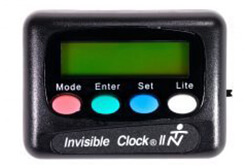 Perfect for medication and other reminders
Perfect for medication and other reminders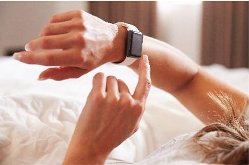


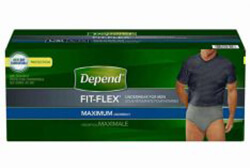





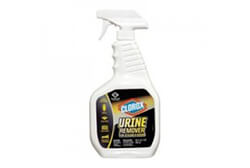

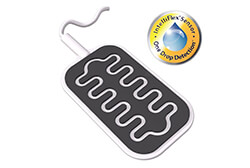
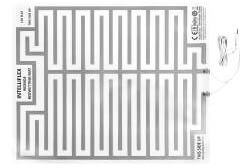

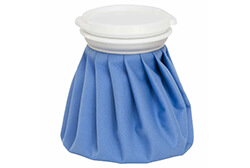

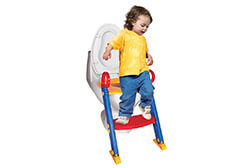
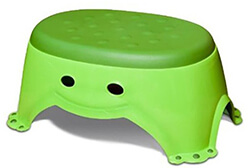
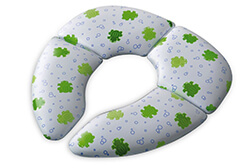


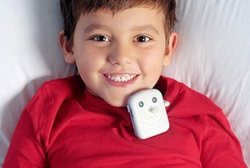






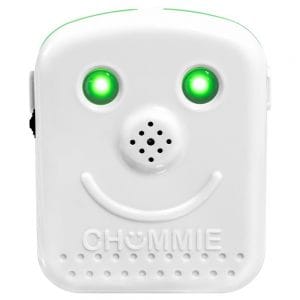
 Children
Children Play Alert Tones
Play Alert Tones Why buy from us
Why buy from us LARGE SELECTION
LARGE SELECTION EFFECTIVE ALARMS
EFFECTIVE ALARMS FAST SHIPPING
FAST SHIPPING SPECIALIST SUPPORT
SPECIALIST SUPPORT
